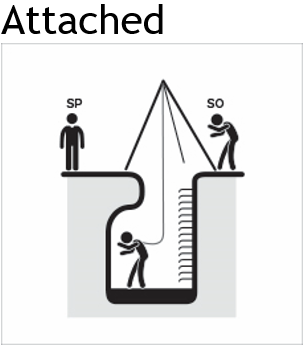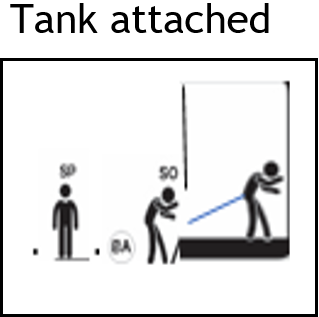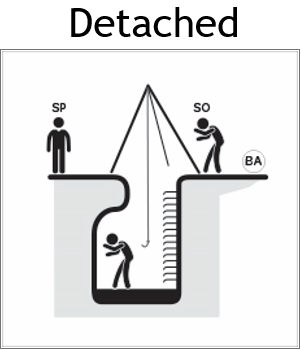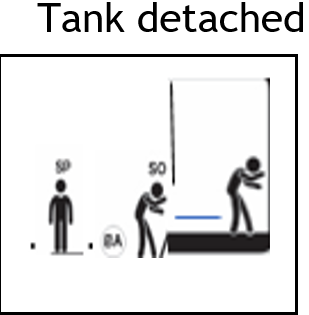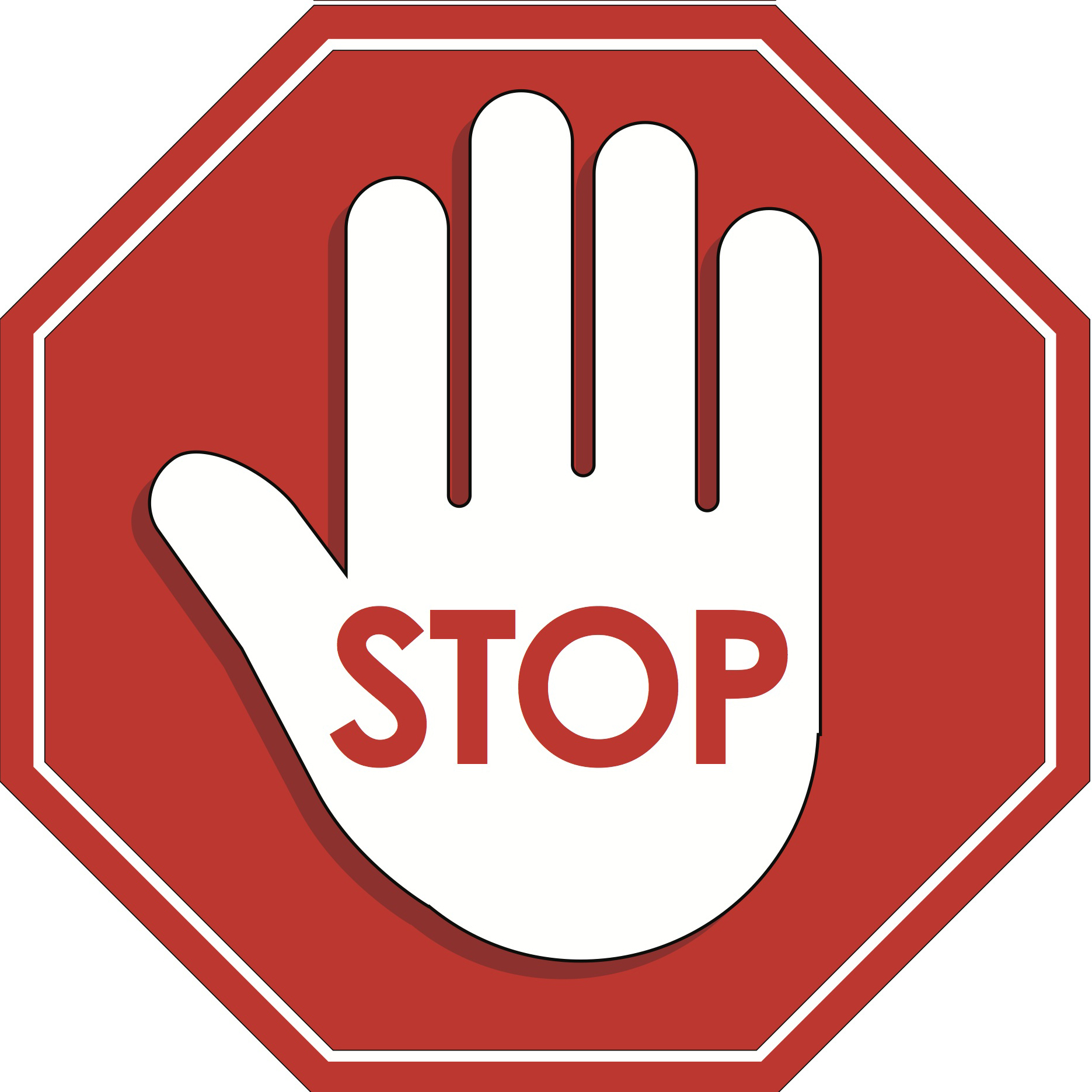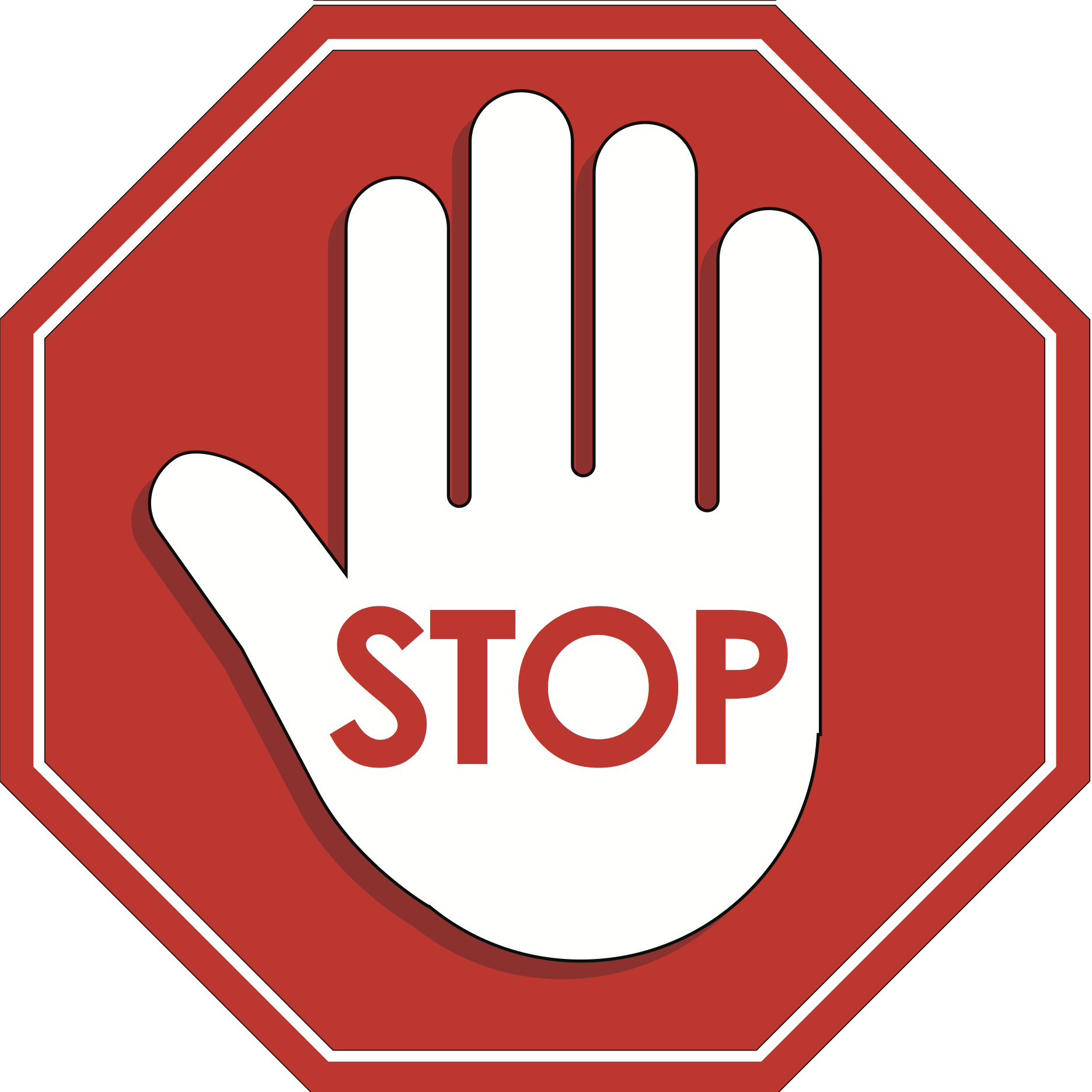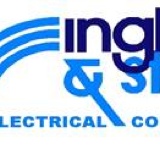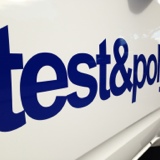Title Page
-
Case Number
-
Conducted on
-
Prepared by
-
Location
-
Confined Space location
-
Work to be conducted
-
Asset/Manhole Number
Confined Space Criteria
-
Is the space enclosed or partially enclosed?
-
Does the space have a limited or restricted entry or exit? (It may be restricted by the size of the opening or its location. Is the space physically difficult to get in or out and/or would it be difficult to remove an injured or unconscious person)
-
Is it intended or likely to be entered and is it at normal atmospheric pressure? (Is there a risk that the person may be overcome or incapacitated by the conditions within the space?)
-
Does the space contain, is intended to contain, or is likely to contain:
- Harmful level of atmospheric contaminants?
- Substances that could cause engulfment?
- An unsafe oxygen level as defined in Regulation 5 of OHS Regulations 2017? (eg. oxygen content<19.5% or > 23.5%)
-
Space is a Confined Space, please continue to complete this Permit.
Details
Persons entering Confined Space
-
Is a person entering the confined space?
-
Names of person(s) entering Confined Space?
-
Designated Supervisor for CS Entry
-
Entry method Selected
-
Please state:
-
Are Hazardous Substances/Chemicals being used in CS?
-
Please state type
-
Are SDS on site?
-
Communication method between standby person and person(s) in CS
- Verbal
- 2 way radio
- Mobile Phone
- Other
-
Please state
Emergency Rescue Plan
-
Is an Emergency Rescue Procedure and/or Plan in place?
-
Is all First Aid & Emergency Rescue Equipment accessible?
-
Type of Entry?
-
Steps:
1. Safety Observer: Use winch system to extract injured person from
Confined Space via top opening.
2. Standby Person: Call 000 and make initial contact with Emergency
Services if required.
3. Standby Person: Provide First Aid/CPR and provide medical
attention. -
Steps:
1. Safety Observer: Use lifeline to extract injured person from Confined Space via side opening.
2. Standby Person: Call 000 and make initial contact with Emergency Services if required.
3. Standby Person: Provide First Aid/CPR and provide medical attention. -
Steps:
1. Safety Observer: Use Breathing Apparatus and winch to enter Confined Space via top opening.
2. Standby Person: Call 000 and make initial contact with Emergency Services if required.
3. Standby Observer: Attach winch to injured person.
4. Standby Person: Use winch to extract injured person from Confined Space via top opening.
5. Standby Person: Provide First Aid/CPR and provide medical attention. -
Steps
1. Safety Observer: Use Breathing Apparatus and winch to enter Confined Space via side opening.
2. Standby Person: Call 000 and make initial contact with Emergency Services if required.
3. Safety Observer: Attach lifeline to extract injured person and start to pull person from Confined Space via side opening.
4. Standby Person: Assist by pulling the lifeline and extracting the injured person.
5. Standby Person: Standby Person: Provide First Aid/CPR and provide medical attention.
6. Safety Observer: Exit confined space. -
Person nominated to be Safety Observer
-
Person nominated to be Standby Person
-
Name and address of closest Hospital
-
Emergency Rescue Plan
-
Stop work immediately. Only enter once Emergency Rescue Plan is implemented.
Approval to Enter
-
If person is entering, the confined space described in this entry permit is safe to be entered using precautions listed above and all persons are properly certified to perform this work.
Isolations
-
Isolations required
- No isolations required
- Water
- Chemicals
- Mechanical Drives
- Electricity
- Hydraulic
- Gas
- Sludge/Waste
Water
-
Location/Method
-
Locks and/or Tags have been affixed to isolation points
-
Name of person responsible
Chemicals
-
Location/Method
-
Locks and/or Tags have been affixed to isolation points
-
Name of person responsible
Mechanical Drives
-
Location/Method
-
Locks and/or Tags have been affixed to isolation points
-
Name of person responsible
Electricity
-
Location/Method
-
Locks and/or Tags have been affixed to isolation points
-
Name of person responsible
Hydraulic
-
Location/Method
-
Locks and/or Tags have been affixed to isolation points
-
Name of person responsible
Gas
-
Location/Method
-
Locks and/or Tags have been affixed to isolation points
-
Name of person responsible
Sludge/Waste
-
Location/Method
-
Locks and/or Tags have been affixed to isolation points
-
Name of person responsible
Atmospheric Testing / Hot Works
Atmospheric Testing
-
Date Gas Monitor last bump tested?
-
Date last Gas Monitor calibrated?
-
Frequency of Monitoring
-
Please state
-
Is venting required?
-
What type?
-
Is Purging required?
-
Gas used?
Hot Works
-
Hot Works required?
-
Hot works must not be performed if the LEL is above 5%
-
Clear of combustibles (incl) atmosphere
-
Type of fire prevention equipment available:
-
Is it a Total Fire Ban Day?
-
Is it emergency works?
-
Hot works not permitted.
-
Has the area been cleared of combustible material for 15 metres?
-
If not, why?
-
Are appropriate Fire Extinguishers available on site?
-
If not, why?
-
What type?
-
Is a Water Hose or 2 Knapsack Water Sprays available and tested on site?
-
If a water hose or 2 knapsack water sprays are not available, hot works must not commence.
-
Is extra ventilation required?
-
What type, and where is it to be located?
-
Are welding machines/gas bottles at least 8 metres from entry?
-
Reason?
undefined
Personal Protective Equipment - what is required?
-
Required Personal Protective Equipment
- Head protection
- Eye protection
- Hearing protection
- Hand protection
- Safety Harness
- Respirator
- Breathing Apparatus
- Dust Mask
- Oxy Box
- Gumboots
- Other
-
Please state other PPE used
-
Harness / Lifeline (with valid inspection TAG) required?
-
Safety Equipment required
- Winch
- Tripod
- Harness
- Davit arm
- Lifeline
- Other
-
Type used?
-
Is equipment tagged and in date?
-
Other type of PPE required?
- Platforms
- Waders
- Man Cage
- Road Signage
- Bosun
- Fire Extinguisher
- Chemical suit
- 2 way radio
- Lighting
- Airline
- Ladders
- First Aid kit
Approval to Enter / Atmospheric Monitoring
Atmospheric Testing
Oxygen (O2) Concentration between 19.5 & 23.5%
-
Fresh Air Reading
-
Reading 1
-
Reading 2
-
Reading 3
-
Reading 4
-
Reading 5
Flammables (LEL) <5% of its LEL
-
Fresh Air Reading
-
Reading 1
-
Reading 2
-
Reading 3
-
Reading 4
-
Reading 5
Hydrogen Sulphide (H2S) TWA <10ppm
-
Fresh Air Reading
-
Reading 1
-
Reading 2
-
Reading 3
-
Reading 4
-
Reading 5
Carbon Monoxide (CO) TWA <30ppm
-
Fresh Air Reading
-
Reading 1
-
Reading 2
-
Reading 3
-
Reading 4
-
Reading 5
Ammonia (NH3) TWA <25ppm
-
Fresh Air Reading
-
Reading 1
-
Reading 2
-
Reading 3
-
Reading 4
-
Reading 5
Volatile Organic Compounds (VOC) <10PPM
-
Fresh Air Reading
-
Reading 1
-
Reading 2
-
Reading 3
-
Reading 4
-
Reading 5
Other
-
Reading 1
-
Reading 2
-
Reading 3
-
Reading 4
-
Reading 5
Completion
CWW Enter/Exit times
-
Contact GWW for Entry and Exit Times - 1800 057 981 or 9313 8499
-
Time Phoned in
-
GWW Operators name
-
Time Phoned out
-
GWW Operators name
Completion
-
If CSE entered, all persons have left Confined Space. (No further entries permitted without a new Permit)
-
Shift time out






